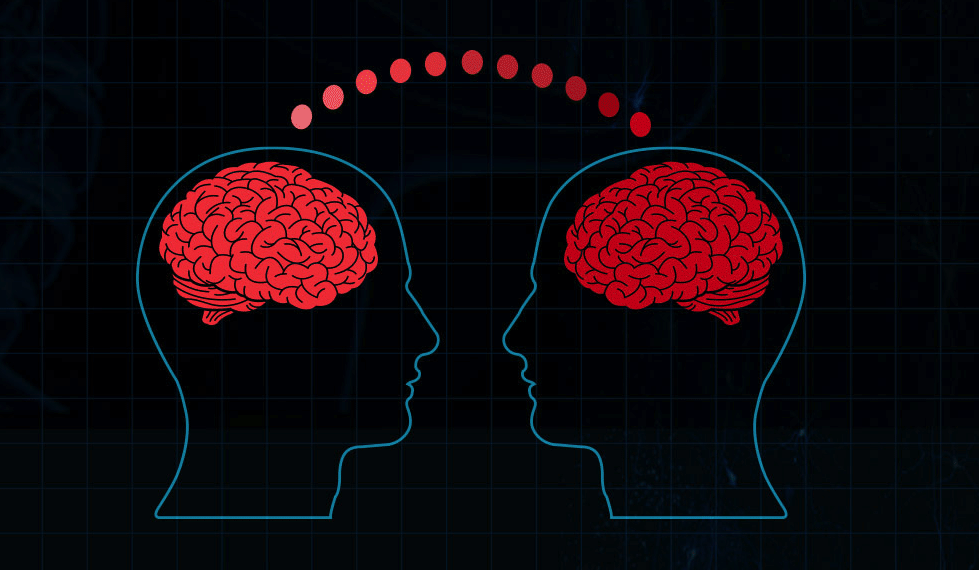In the last few years, we have read quite a bit about how technology has allowed our brain to control devices or objects around us without the use of limbs. (If you haven’t, you can read about some examples here, here, and here). Futurism.com, a great website that posts about how human potential can be maximized, has this infographic that explains the basics of Brain Computer Interfaces – the use of technology to translate human thoughts into machine commands. We are seeing the use of BCI more and more with prosthetic limbs but where does it end? Will we able to upload our memories straight from our brain to the cloud in the future? Sky is the limit when it comes to innovation through technology.
Read this infographic to know the types of Brain-Computer Interfaces, their origin, what they have in store for us in the future, and how they can bridge the gap between disabled and able-bodied. Text version of infographic is right below the image.
Imagine a world where machines can be controlled by thought alone. This is the promise of brain-computer interfaces (BCIs) – using computers to decode and translate human thoughts into machine commands. Here’s a look at the evolution of BCI technology, its current state, and future prospects.
Invasive: Signal-transmitting devices are implanted directly in the brain’s gray matter. This method produces the highest quality signals, but scar tissue build up can cause signal degradation.
Partially Invasive: Devices are implanted within the skull but not within the brain tissues. Produce higher quality signals than noninvasive techniques by circumventing the skull’s dampening effect on transmissions, and has less risk of scar tissue buildup.
Noninvasive: Involves simple wearables that register the EM transmissions of neurons, with no expensive or dangerous surgery needed. This technique is certainly easier, but suffers from poor resolution caused by the skull’s interference with signals.
A Short History of BCI
1924: German neuroscientist Hans Berger discovers neuroelectrical activity using electroencephalography (EEG).
1970: The Defense Advanced Research Projects Agency (DARPA) begins to explore the potential BCI applications of EEG technology.
1998: First brain implant produces high quality signals.
2005: A monkey’s brain is successfully used to control a robotic arm.
2014: Direct brain-to-brain communication achieved by transmitting EEG signals over the internet.
Types of Noninvasive BCI
- Eye movement and pupil size oscillation
- Electroencephalography
- Magnetic resonance imaging and magnetoencephalography
Applications of BCI
- Direct mental control of prosthetic limbs.
- Neurogaming – interaction within video game and virtual reality environments without the need for clumsy interface.
- Synthetic telepathy – the establishment of a direct mental connection or communications pathway between minds.
- The use of BCI in tele-robotics will allow human operators to directly “link” with robotic machines. – granting us a new way to explore aliens worlds, handle dangerous materials, and perform remote surgery.
- A wealth of new possibilities for interfacing with computers opens up – including linking to the internet, uploading memories to the cloud, etc.
It will effectively erase the divide between the disabled and the able-bodied.
Sources:
National Academy of Engineering, Techradar, Brain Vision UK, PLOS ONE
This infographic was originally posted on futurism.com.

